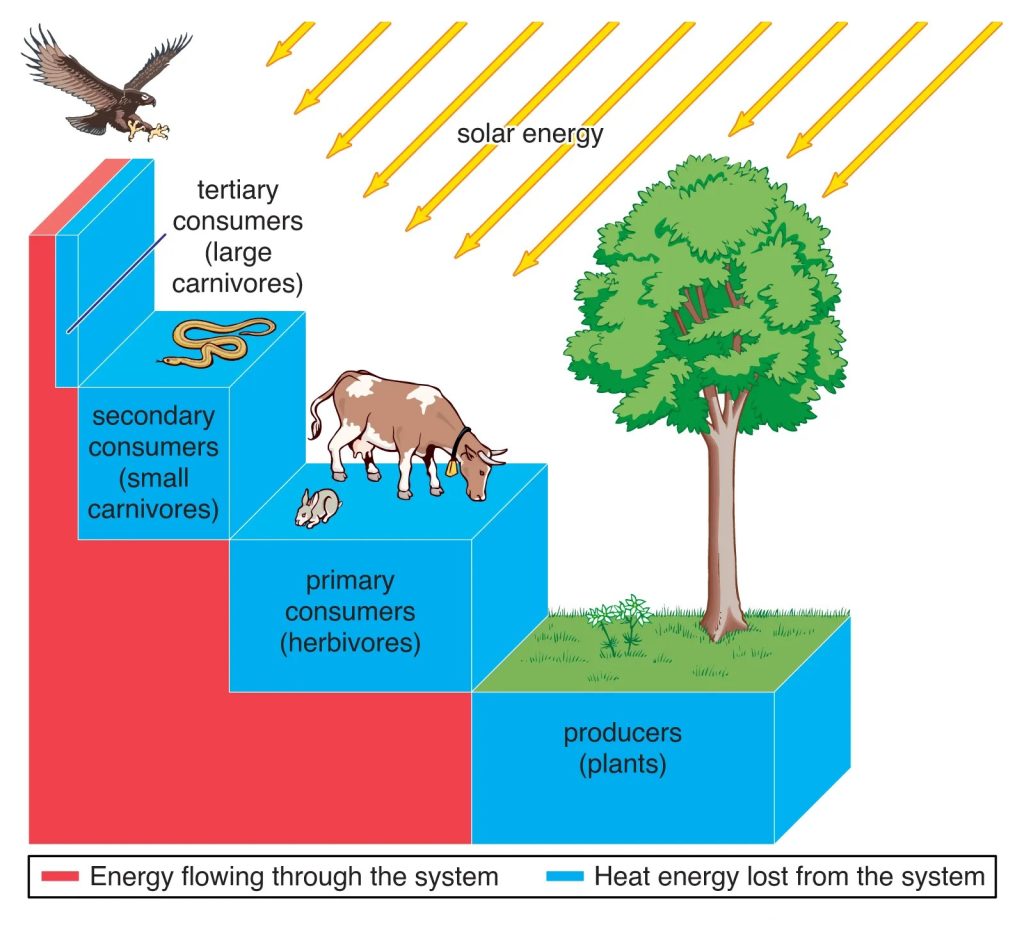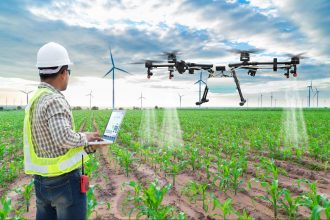As a guiding light across the complicated web of connections between species and their environment, community ecology helps to make sense of the intricate nature of things. The study of ecological communities, which are made up of organisms from various species living together and interacting in a common habitat, is at the core of this field. We learn about the delicate balance that supports life on Earth and the urgent problems faced by ecological groups that are in danger as we explore deeper into the field of community ecology.
Investigating the Bases of Community Ecology
The study of community ecology explores the complex web of interactions that exist between all types of species in an environment, from the tiniest bacteria to the largest mammals. It looks at how interactions between species—like rivalry, predation, mutualism, and symbiosis—affect the composition and dynamics of ecological communities. Through the examination of species diversity, abundance, and distribution patterns, community ecologists can acquire a deeper understanding of the fundamental mechanisms that govern ecosystem dynamics.

Important Ideas in Community Ecology
Diversity of Species
The range of species found in a community, including species evenness (the distribution of individuals among species) and richness (the number of species).
Species Interactions
The relationships that exist between species, encompassing parasitism, mutualism, competition for resources, and facilitation, are referred to as interactions between species.
Succession
Ecological processes that alter over time as a result of disturbances, including the expected shifts in species composition and community structure.
Trophic Structure
The arrangement of species into trophic levels, or feeding levels, such as producers, consumers, and decomposers, has an impact on the cycling of nutrients and energy within ecosystems. This process is known as trophic structure.
Community Ecology Under Threat: Recognizing the Obstacles
Natural ecosystems are resilient and adaptable, yet many biological communities are nevertheless threatened by invasive species, pollution, habitat loss, climate change, human activity, and other stressors. Threatened ecological communities are those that face serious ecological loss or degradation as a result of these factors, which could have an impact on human well-being, ecosystem services, and biodiversity conservation. Threatened Community Ecology include, for example
Tropical Rainforests
Tropical rainforests, which are among the planet’s most biodiverse and biologically rich ecosystems, are severely threatened by deforestation, which is mostly caused by logging, infrastructural construction, and agricultural expansion.
Coral Reefs
Known for their biological significance and rich biodiversity, coral reefs are a type of marine ecosystem. Coral bleaching, overfishing, pollution, ocean acidification, and other stresses associated with climate change and human activity, however, pose a threat to them.
Grasslands and Prairies
Wide swathes of grasses and herbaceous plants characterize grassland ecosystems, such as the prairies of North America. The biodiversity and ecosystem function of grasslands are seriously threatened by conversion to agricultural land, urbanization, and habitat fragmentation.
Mangrove forests
In addition to acting as coastal barriers against erosion and storm damage, mangrove forests offer vital habitat for a wide variety of animals. However, sea level rise, coastal development, aquaculture, and deforestation pose threats to mangroves.
Explore More Agricultural Engineering: Cultivating Innovation for Farming

Strategies for Preserving Ecological Communities Under Threat
Coordinated efforts at the local, regional, and international levels are necessary to conserve imperilled ecological ecosystems. These efforts must integrate scientific research, policy development, community participation, and practical conservation measures. Important tactics consist of:
Habitat Protection
The protection of habitats involves creating wildlife refuges, protected areas, and nature reserves to prevent further exploitation and degradation of important habitats and biodiversity hotspots.
Restoration and Rehabilitation: Putting habitat restoration plans into action to improve wildlife habitat connectivity, revitalize damaged ecosystems, and restore ecosystem function.
Sustainable Land Use Practices
Agroforestry, sustainable agriculture, and land-use planning are examples of sustainable land management techniques that should be promoted to reduce habitat destruction and lessen the negative effects of human activity on biological populations.
Invasive Species Management
Controlling and eliminating invasive species that endanger native biodiversity and interfere with natural ecosystems’ biological processes is known as “invasive species management.”
Climate Change Mitigation and Adaptation
Reducing greenhouse gas emissions from the atmosphere by addressing the core causes of the phenomenon and putting adaptation plans into place to help natural groups adjust to shifting environmental conditions.
In summary: Developing Ecological Communities’ Resilience
Every species has a distinct role to play in forming the fabric of ecological communities within the complex web of life. It is our duty as stewards of the planet to protect these communities and the priceless services they offer to both present and future generations. Through an awareness of community ecology dynamics and the mitigation of threats to ecological communities, we may foster resilience, reestablish equilibrium, and guarantee the sustained existence of ecosystems and biodiversity in an ever-evolving global context.










